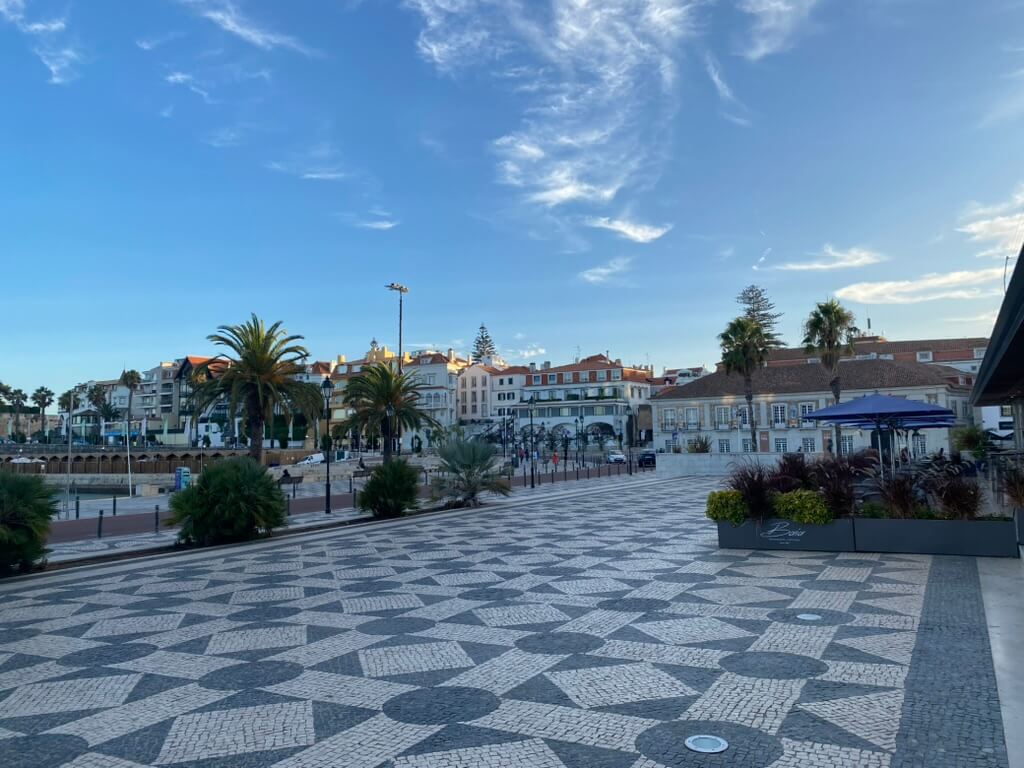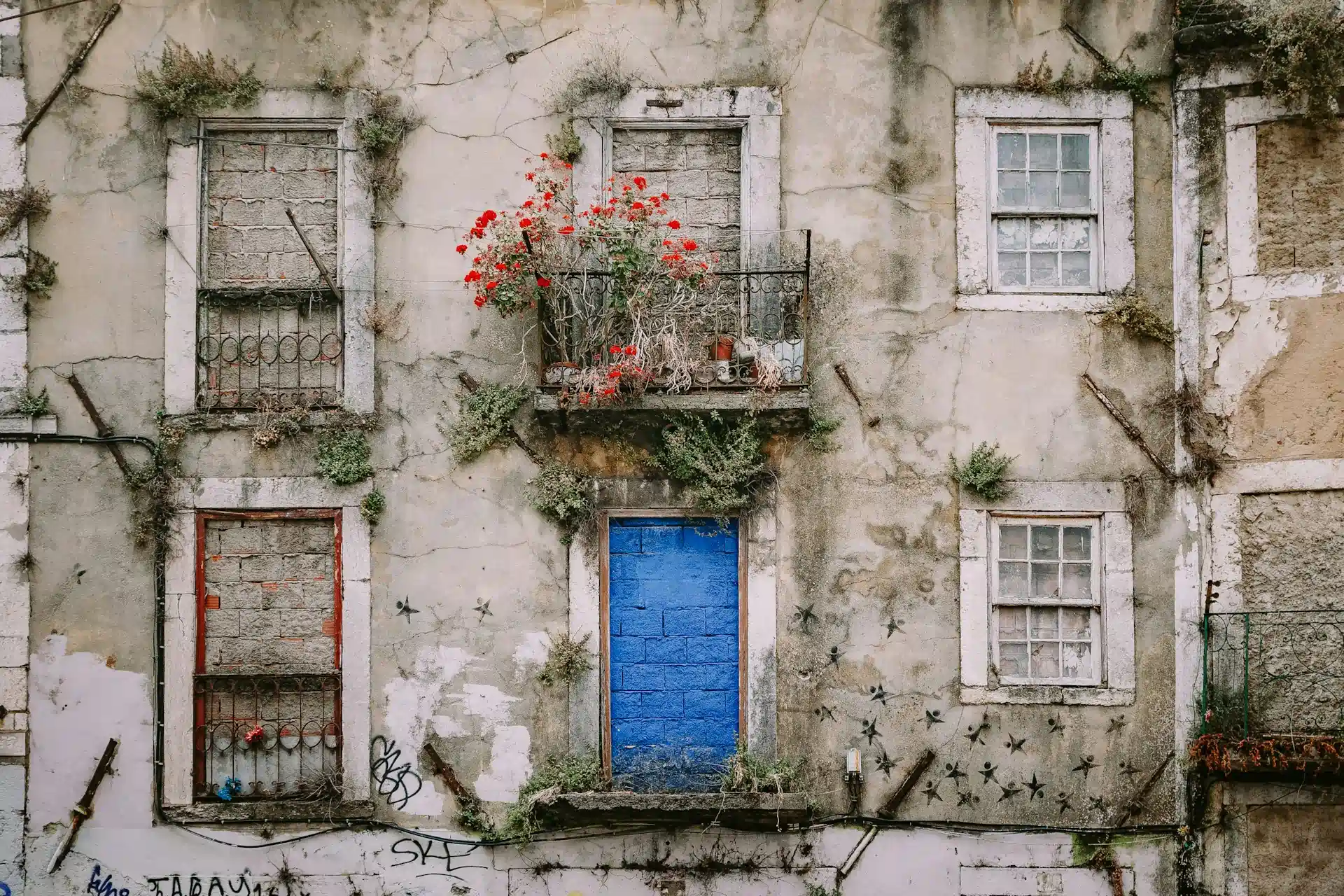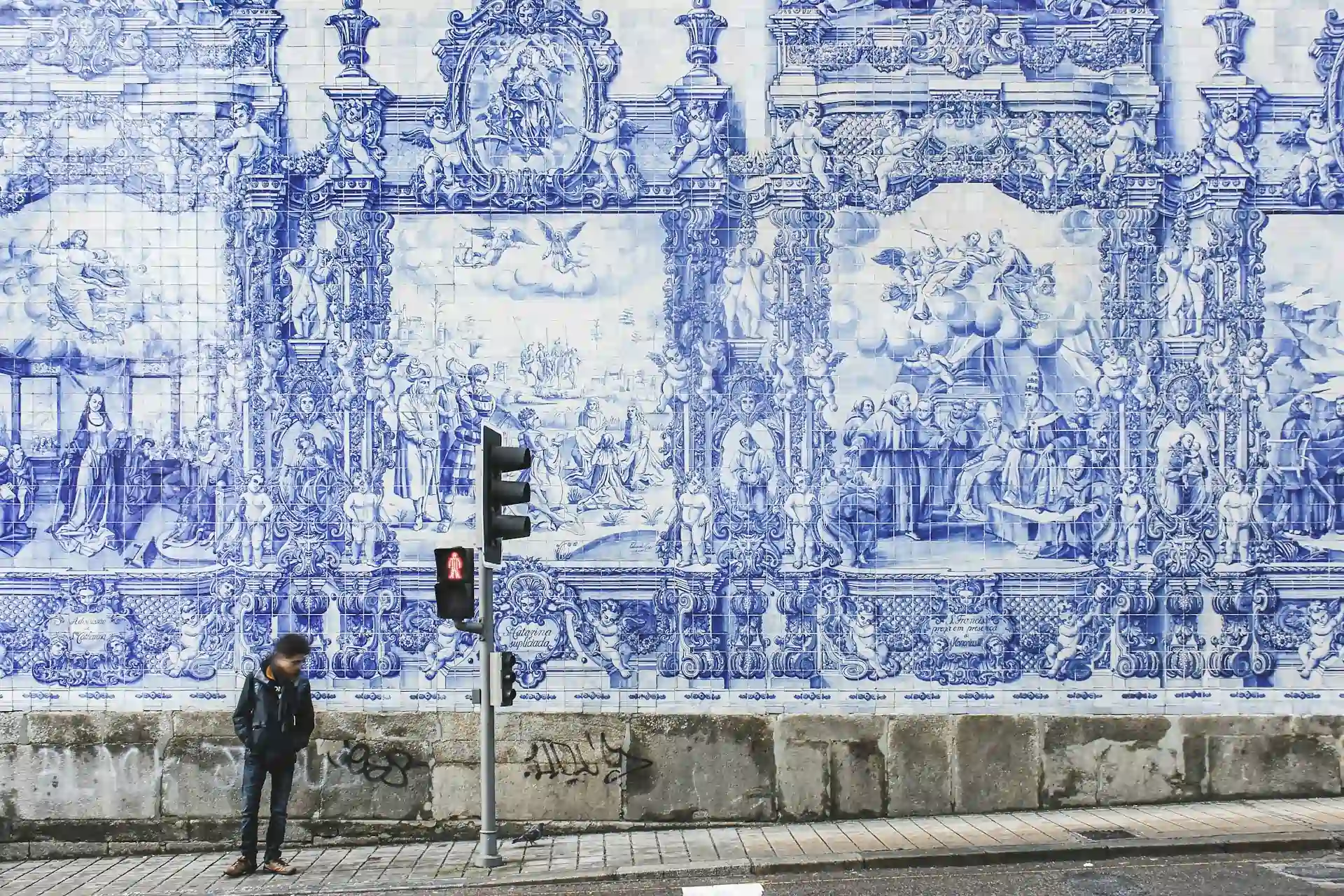
Ultimate Lisbon Travel Guide: Must-Visit Spots & Essential Tips for Your Trip
Today, we’re bringing you a very complete article in which we’ve prepared a tourism guide for Lisbon. Here, we’ll share some of our favorite places to explore in Portugal’s capital and offer a series of tips we consider essential for anyone visiting.
In our last getaway, we spent four days in Lisbon, taking the time to explore the surrounding areas. It’s a perfect city for a few days’ escape. Lisbon’s weather is fantastic nearly all year, though if we had to recommend a specific time, it would be Christmas. The lights and decorations make it enchanting.
Lisbon Travel Guide: A Tour of the Highlights
It’s true we’ve already written other roundup articles about Lisbon, like “What to See in Lisbon in 3 Days” or “Tips for Organizing a Trip to Lisbon,” but this time, we wanted to focus on our favorite places—the ones you absolutely cannot miss.
1. Alfama – Start Your Lisbon Tour in Style
We always say that if there’s one area in Lisbon that shows the city’s most authentic side, it’s definitely Alfama. It’s one of the oldest neighborhoods and still preserves the urban layout from the Arabic era, with narrow, winding streets, small squares, steep slopes, and stairways. Alfama survived the great earthquake of 1755 fairly well, which is why some important historical buildings are still in good condition.
On the way to Alfama, you’ll also pass the Castelo neighborhood, which houses the Lisbon Cathedral, known as the Sé. Successive reconstructions and modifications since the 12th century have created an intriguing mix of architectural styles. Entry is free, though it costs €2.50 to visit the cloister or the treasury.
The best part of Alfama is its stunning viewpoints. We recommend stopping at the Miradouro de Santa Luzia, decorated with typical Portuguese tiles, offering spectacular views. Other noteworthy places in Alfama include the São Jorge Castle, with its 360º city views thanks to a camera obscura, and the Monastery of São Vicente de Fora, home to the Pantheon of the Braganza family.
The São Jorge Castle is open from March to October from 9:00 am to 9:00 pm and from November to February from 9:00 am to 6:00 pm, with a general admission price of €15. The São Vicente de Fora Monastery is open from 10:00 am to 6:00 pm, with a general admission fee of €8.
2. La Baixa
Baixa Pombalina encompasses a network of streets stretching from the Praça do Comércio, Lisbon’s nerve center, to Praça dos Restauradores, including the Rossio square and Avenida da Liberdade, ending at Praça Marquês de Pombal. Baixa owes its name to Marquês de Pombal, the main architect behind Lisbon’s reconstruction after the devastating 1755 earthquake.
Praça do Comércio was designed as a large open space with views of the Tagus River, housing restaurants and government buildings, and features a grand equestrian statue of King José I in the center. Today, Baixa is still one of the busiest areas in all of Lisbon and a popular meeting point for tourists and locals alike. In fact, the free tour of Lisbon begins at Praça dos Restauradores, which we highly recommend.
TRANSPORTATION IN LISBON If you flew to Lisbon, it’s important to book your transfers in advance, so you’re picked up at the airport upon arrival and from your hotel when you return, at your chosen time. This will save you a lot of hassle.
3. Chiado and Bairro Alto
From Baixa, you can walk or take the ironwork and neogothic arches of the Santa Justa Lift to reach Chiado and Bairro Alto, two areas in Lisbon that you must not miss. The lift costs €5.30 for a round trip, and the views are beautiful, though expect long lines. Next to it is the ruined Carmo Convent, a remnant of the 1755 earthquake and now home to the Carmo Archaeological Museum.
Once you reach Largo do Carmo, you’ll find yourself close to Garrett Street, home to well-known stores and charming shops like Bertrand Bookstore, founded in 1732 and considered the oldest in the world, or A Brasileira, the oldest café in Lisbon—perfect for taking a break with a good coffee.
Garrett Street leads to Praça Luis de Camões, honoring one of the great Portuguese poets whose remains, by the way, are in Santa Maria de Belém Church. This plaza clearly divides the two neighborhoods, with Chiado to the south—cool, luxurious, and bohemian—and Bairro Alto to the north—alternative, with narrow streets and street art.
4. Accommodation in Lisbon
Finding accommodation can be tricky, sometimes overwhelming. To make it easier, we’ve dedicated a section to discuss lodging in Lisbon. In general, Lisbon’s hotels and apartments are inexpensive compared to other European capitals like Madrid, Paris, London, or Rome, and the quality is good.
In recent years, major chains and four- and five-star hotels have appeared in Baixa near Avenida da Liberdade, a major artery connecting Baixa to Eduardo VII Park and Praça Marquês de Pombal, making it a fantastic area to stay.
We stayed at the Hotel – Member of Design Hotels, a four-star hotel on a quiet street in Lisbon’s center. We confirm the high customer ratings. Another recommended hotel is Portugal Boutique Hotel, which is slightly more affordable and includes breakfast. Both are great options.
5. Belém
We head to Belém, another Lisbon neighborhood that no tourist should miss, as it’s home to some of the city’s most significant landmarks. This is where, over 500 years ago, ships led by Vasco da Gama set out for America.
To reach Belém, take the E15 tram from Praça da Figueira in Baixa, passing by Praça do Comércio. It costs €3, though it’s cheaper with a “zapping” ticket. Start with a free tour of Belém for an introduction, or take a boat tour for a unique experience.
The main attraction in Belém is the Jerónimos Monastery. Its cloister, one of the most beautiful we’ve seen, is worth the visit alone. Nearby, the beautiful Santa Maria de Belém Church, with free entry, is the final resting place of two notable Portuguese figures: Camões and Vasco da Gama.
Both the monastery and the famous Belém Tower are UNESCO World Heritage Sites. The tower was part of a series of fortifications from Cascais to Lisbon and is a prime example of Manueline art. The Monument to the Discoveries, built in 1960, stands 52 meters high, commemorating the 500th anniversary of the death of Henry the Navigator, discoverer of the Azores.
6. Parque das Nações
In the northeast of the city, away from the center but well-connected by Lisbon’s red metro line, is the Parque das Nações. Once a degraded area, it was revitalized for the 1998 Lisbon Expo.
Highlights include the impressive Vasco da Gama Bridge, the Lisbon Oceanarium, and the cable car. Although it’s usually not on our itineraries, if you have extra time, Parque das Nações offers a different view of Lisbon.
7. Day Trips from Lisbon
In our 4-day itinerary, we recommend dedicating one full day to visiting nearby towns. The top choice is Sintra, one of Portugal’s most beautiful cities and a UNESCO World Heritage Site. Key sites include the Pena Palace, Quinta da Regaleira, and the Castle of the Moors.
Another great option is Cascais, in the heart of the Estoril Coast, with a charming old town and stunning beaches. Visiting both in one day on your own is challenging, so we suggest booking a tour to handle transportation for you.
portugal lisboa

